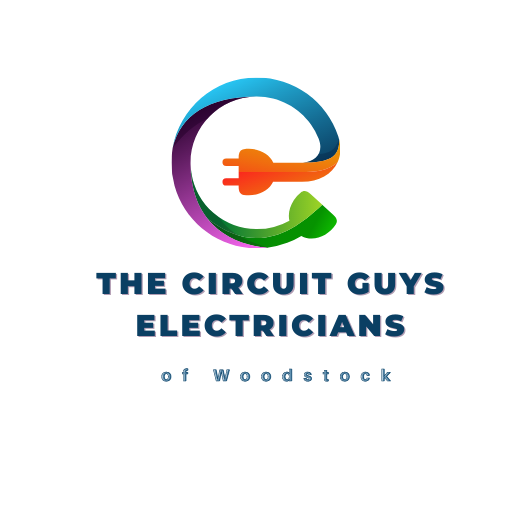If you’re planning to renovate your home, an electrician will be onsite for the majority of the project. An electrician will help you wire your home for all of the new appliances and lighting fixtures that will be installed. An electrician will also be onsite when the drywall is being installed and will be responsible for making sure that the wires are hidden behind the drywall. However, before you hire any electrician, it’s important that you do your research and find one who is certified and a member of an industry organization. An electrician who is a member of the American Society of Interior Designers (ASID) will be familiar with codes and regulations specific to the interior design industry. This article covers everything you need to know about hiring an electrician who is a member of the American Society of Interior Designers (ASID).
What is the American Society of Interior Designers?
The American Society of Interior Designers (ASID) is a non-profit organization that promotes the interior design profession. It was founded in 1917 and is the oldest and largest interior design organization in the world. The organization’s mission is to advance the art, science and business of interior design. The society has more than 200,000 members in over 100 countries. It also has more than 100 local branches throughout the United States. The ASID has several certification programs that an electrician can become certified in. These include the Certified Professional Interior Designer (CPID), Certified Professional Lighting Designer (CPLD), Certified Lighting Controls Designer (CLCD), and Certified Commercial Electrical Contractor (CCE).
Why is it important to hire an electrician who is certified and a member of the ASID?
The ASID has several certification programs that an electrician can become certified in. These include the Certified Professional Interior Designer (CPID), Certified Professional Lighting Designer (CPLD), Certified Lighting Controls Designer (CLCD), and Certified Commercial Electrical Contractor (CCE). The ASID is a professional organization that provides a code of ethics and standards for its members. This means that an electrician who is a member of the ASID will follow the code of ethics and follow the standards set by the organization. This includes adhering to the National Electrical Contractors Association (NEC) code, which is a widely used code of ethics for the electrical contracting industry. Hiring an electrician who is a member of the ASID will help you to ensure that the job is done properly and according to code. It will also help to ensure that the job is completed on time and within the budget. If you hire an electrician who is not a member of the ASID, you may not be able to ensure that the job is done properly and according to code.
How do I find an electrician who is certified and a member of the ASID?
The best way to find an electrician who is certified and a member of the ASID is to contact the local branch of the ASID in your area. The ASID website lists the locations of all of its local branches. You can also find contact information for the nearest ASID branch on the websites of many general contractors and building contractors. Another option is to search for an electrician who is certified and a member of the ASID on a website such as Angie’s list or Home Advisor. These websites allow you to submit a request for bids from local electricians, and they will send you a list of local electricians who are certified and a member of the ASID. Once you have a list of electricians, you can choose the one who is the most qualified and affordable based on the price and the quality of their work.
How do I know if an electrician is certified and a member of the ASID?
The best way to know if an electrician is certified and a member of the ASID is to ask to see their certification. You can ask to see the electrician’s certification and find out if they are a member of the ASID. If they are a member of the ASID, you can ask them to provide you with their membership card. You can also search on the ASID website to see if the electrician is a member of the organization. If you are hiring an electrician who is not a member of the ASID, you can ask the electrician if they are willing to become a member. If they are willing to become a member, you can help them to apply by providing them with the information that they need to apply. If the electrician is not willing to become a member, you can choose to hire another electrician.
Conclusion
Hiring an electrician who is certified and a member of the ASID is important for a number of reasons. First, it ensures that the job is done properly and according to code. It also ensures that you are working with a professional electrician who is familiar with the industry. Hiring an electrician who is certified and a member of the ASID will help you to ensure that your project is completed on time and within the budget. It will also help you to avoid hiring an unqualified electrician who may do a sub-par job. It is important to remember that you should never settle for the first electrician that you speak with. Instead, you should do your research and find the electrician who is the most qualified and has the most experience. This will help you to ensure that you hire an electrician who can get the job done properly and on time.
